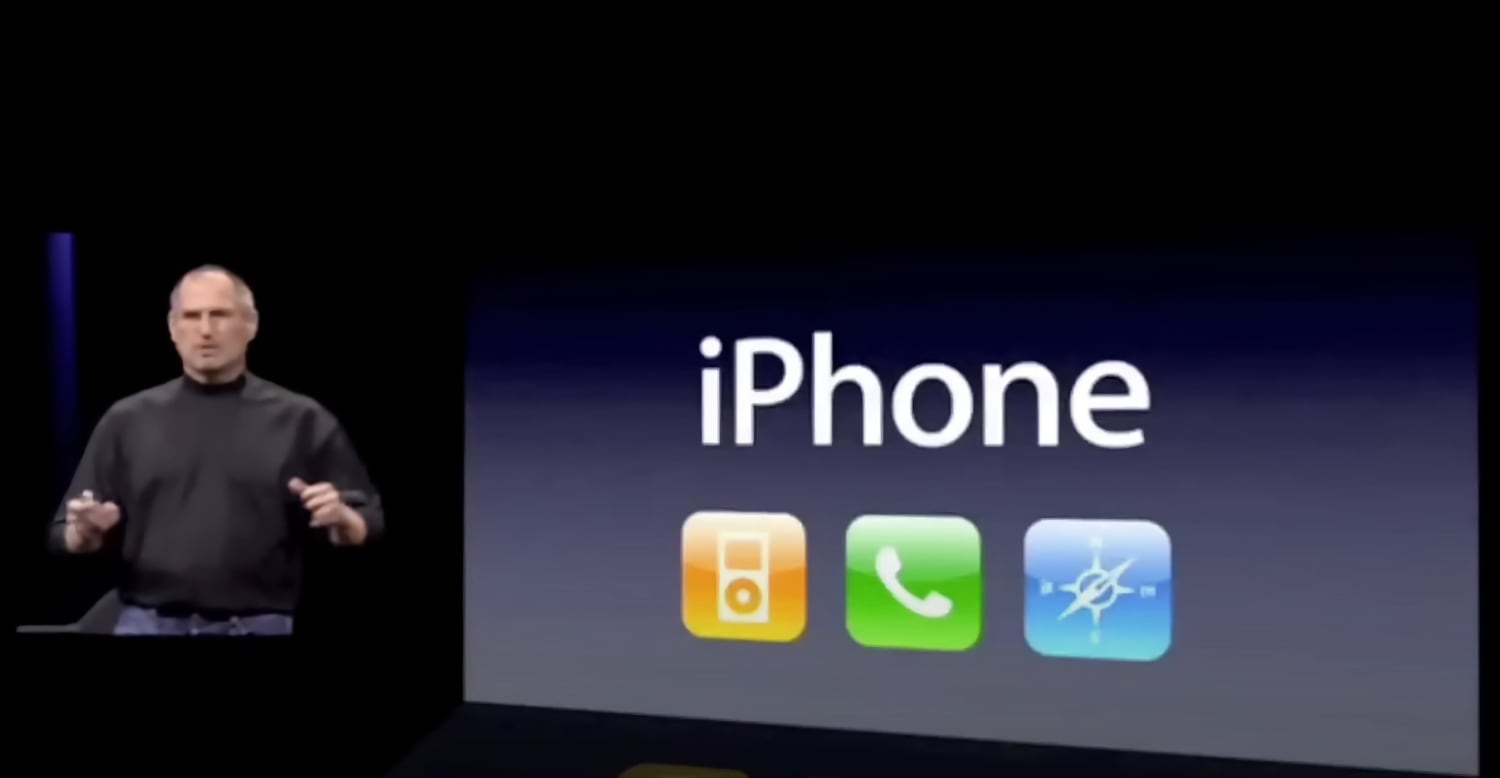iPhone Announcement: 17 Years Later
A QA Evolution Story

Ah, 17 years ago, the world changed forever. Steve Jobs held up the original iPhone, and we all collectively gasped, cheered, and promptly Googled "What is multi-touch?" Fast forward to today, and iPhones have gone from sleek communication marvels to pocket-sized powerhouses that can run augmented reality, 4K video editing, and, if rumors are true, predict the weather better than your local meteorologist. But for those of us in the world of Quality Assurance, the journey has been just as transformative.
The Early Days of Mobile QA:
When the first iPhone launched, QA teams were navigating uncharted territory. Testing mobile apps was like herding cats - except the cats were hidden bugs, the app stores had no clear submission guidelines, and the devices were limited to a few screen sizes (remember when 3.5 inches was revolutionary?). QA engineers often had to physically borrow phones from their coworkers to test compatibility. Emulators? Primitive. Automation? Practically nonexistent.
Every test plan felt like a high-stakes scavenger hunt. Did the app crash when you received a call? What happened if your cat pawed the screen mid-game? These were the burning questions we faced.
The BrowserStack Era:
Fast-forward to today, and tools like BrowserStack have become indispensable. With the explosion of device types, screen sizes, and operating systems, it's no longer practical to have a drawer full of devices (though some QA engineers probably still do). BrowserStack lets you simulate tests on an array of devices and operating systems, saving you from the logistical nightmare of sourcing a Samsung Galaxy A51 running Android 11 at 2 a.m. because "It's crashing for that one user in Tokyo."
Thanks to platforms like this, QA has evolved from reactive testing to proactive strategizing. Now, we're not just asking, "Does it work?" but also, "Does it perform? Is it secure? Does it load fast enough to avoid a one-star review?"
Story Time: The iOS 18.2 Saga
Last year, I got a little overexcited about Apple's latest iOS update, 18.2. Who wouldn't be? Darker Dark Mode, emojis that blink - it was a QA engineer's playground. I updated my personal device the minute it dropped and casually decided to test our company's website.
Surprise! CSS files that once made our site look sharp were suddenly throwing tantrums. Buttons misaligned, fonts replaced with Comic Sans (okay, not really, but it felt like it). It turns out BrowserStack hadn't yet updated to support iOS 18.2, which meant we couldn't immediately validate fixes on their platform. Thankfully, my impulse to "tinker first, debug later" saved the day.
Moral of the story? Sometimes, being a little too eager to update your device can reveal surprises even the best tools haven't caught up to yet. It's also a reminder that human intuition and exploration remain irreplaceable in QA.
Innovations Driving Mobile QA Today:
Mobile QA has seen incredible advancements over the years:
- Automation Frameworks: Tools like Appium and XCUITest have made regression testing faster and more efficient.
- AI in QA: Artificial intelligence is starting to predict and identify potential issues before a human even clicks "Run Test."
- Performance Testing: Ensuring apps perform under all conditions, from slow networks to extreme battery saving modes.
- Accessibility Checks: QA teams are prioritizing inclusivity, ensuring apps work seamlessly for everyone, including users with disabilities.
Looking Ahead:
Seventeen years after the first iPhone, mobile QA has become more sophisticated, efficient, and yes, even fun. The tools we have today allow us to focus on improving user experience instead of just putting out fires. But as technology evolves, so do the challenges. Foldable phones, AR/VR integration, and who knows what else are just around the corner.
One thing is certain: as long as there are users, there will be bugs. And as long as there are bugs, there will be QA engineers ready to squash them - sometimes with the latest tools, sometimes with sheer determination, and occasionally with a trusty early iOS update.
So here's to the iPhone, the 17 years of innovation it's inspired, and to us - the QA warriors who make sure that innovation works as intended. Let's raise a virtual glass (or an iPhone) to many more years of evolving together!
